They don’t need walks, but they’re offering real emotional support where it’s needed most.
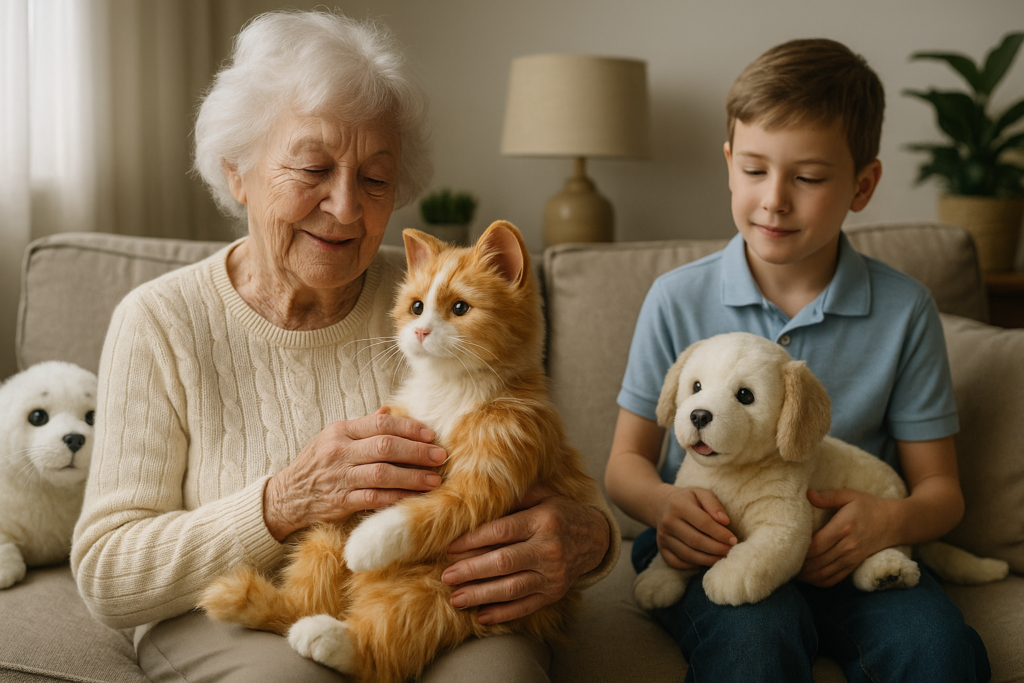
They don’t bark for food, scratch the furniture, or track mud through the house, but they’re quietly transforming lives. Robotic pets, once the stuff of science fiction or novelty tech, are now being used in nursing homes, classrooms, therapy offices, and even disaster zones to bring comfort where it’s desperately needed. These bots don’t just move and make noise. They learn routines, simulate breathing, respond to human touch, and offer emotional support with a consistency that even real animals can’t always match. For seniors facing isolation, children navigating sensory challenges, and veterans coping with trauma, robotic pets are filling a surprising gap: the need to be seen, soothed, and cared for with no strings or leashes attached.
1. Joy for All Companion Pets Bring Furry Comfort to Seniors
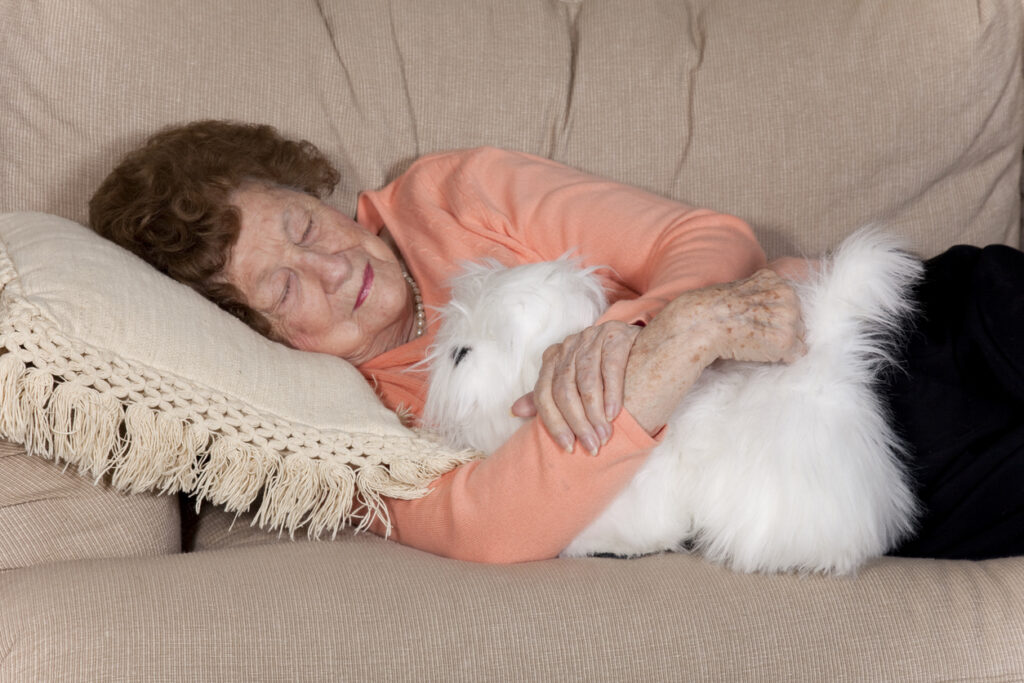
Joy for All pets look like plush toys, but they’re engineered to bring real comfort to aging adults. Created by Ageless Innovation, these robotic cats and dogs respond to touch and sound with lifelike reactions, purring, barking, moving their heads, or rolling over for belly rubs. Their fur is ultra-soft, their eyes blink naturally, and they even mimic a heartbeat. In studies, seniors who interacted with robotic pets reported up to a 70% drop in loneliness and increased emotional well-being.
They’re especially powerful for people with dementia, who often respond better to tactile companionship than conversation. Unlike live animals, these pets require no food, walks, or clean-up, just gentle affection. Caregivers say residents light up, talk more, and seem calmer when holding them. Pets often become an integral part of daily routines: cradled during meals, spoken to before bed, or used to soothe agitation. They offer affection without expectations, just a quiet, steady presence.
2. Paro the Seal Calms Dementia Patients Around the World
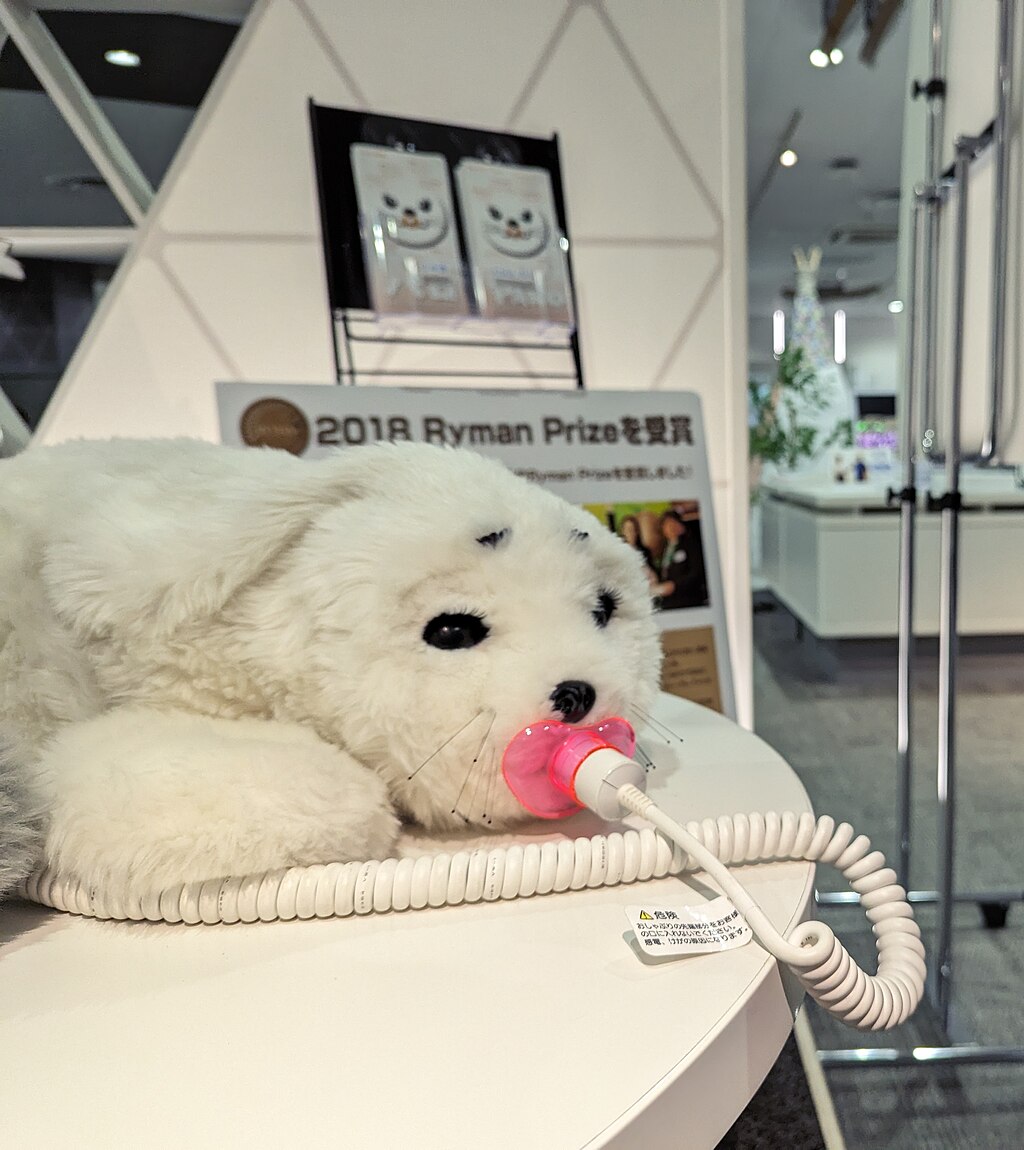
Paro may look like a stuffed animal, but it’s a sophisticated therapy robot designed to reduce anxiety and agitation in dementia patients. Created by Dr. Takanori Shibata in Japan, Paro responds to voice, touch, and light using sensors beneath its soft, seal-like fur. It blinks, moves its head, and makes gentle cooing noises when interacting with others. In clinical studies, patients using Paro showed reduced stress hormone levels and fewer aggressive outbursts results that rivaled some pharmaceutical interventions.
What makes Paro so effective is how it meets emotional needs without overwhelming the user. It doesn’t need food, sleep, or bathroom breaks, and it won’t react unpredictably. That makes it especially helpful in memory care units, where overstimulation can be a problem. Many patients form attachments to it, naming it, speaking to it, or holding it as if it were a baby. Used in over 30 countries, Paro offers a simple but powerful form of nonverbal support.
3. Tombot Is a Puppy Designed for Alzheimer’s Therapy

Tombot may look like a golden retriever puppy, but it’s actually a clinically designed robot created to support people with Alzheimer’s and cognitive decline. Developed with input from neuroscientists and elder care professionals, Tombot barks wags its tail and responds to voice and touch. Its fur is soft, its movements are gentle, and its lifelike reactions help create an emotional bond without confusion. Unlike Paro, which takes an abstract form, Tombot mimics a familiar animal offering comfort rooted in recognition.
The goal was to create a pet that feels real enough to reduce loneliness but safe enough to avoid overstimulation. Many Alzheimer’s patients struggle with traditional therapy animals due to unpredictability or hygiene concerns. Tombot sidesteps these barriers while still offering companionship. It has been tested in clinical settings where users reported increased eye contact, verbal engagement, and moments of calm. For families and caregivers, it’s a tool that turns quiet isolation into quiet connection.
4. MiRo-E Robots Help Kids Learn About Emotions
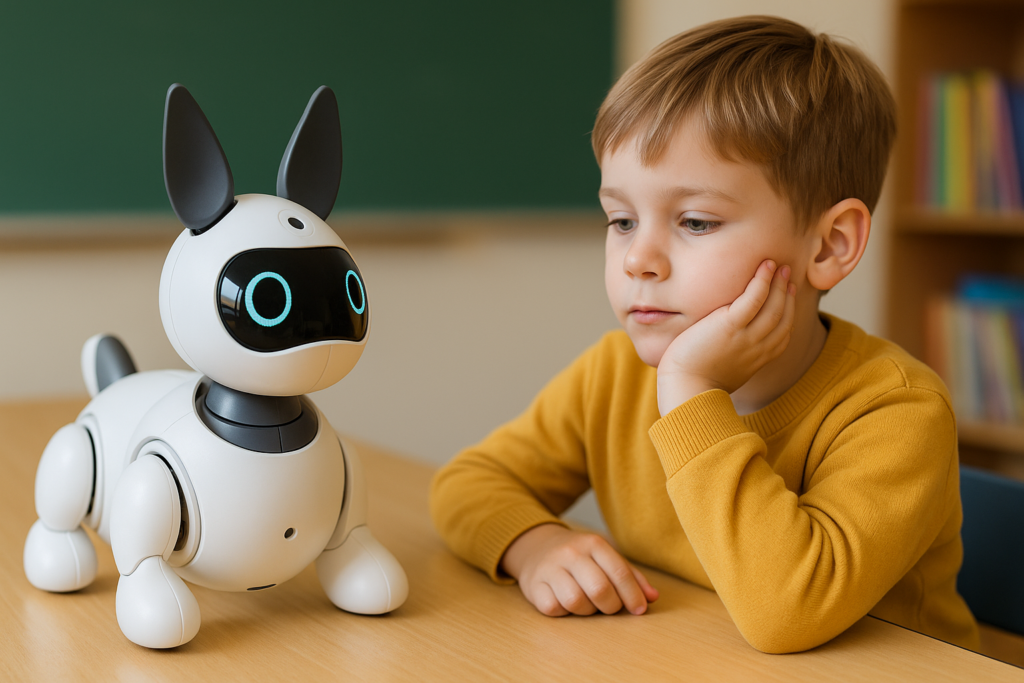
MiRo-E doesn’t look like a dog or a cat. It looks like something between a rabbit, a pig, and a cartoon alien. But its quirky design is part of the magic. Developed by Consequential Robotics, MiRo-E is used in classrooms to teach emotional regulation, empathy, and behavioral feedback. It responds to voice tone, light, and touch, altering its “mood” in real-time. When treated gently, it stays calm and friendly. If startled, it shivers or backs away, just like a real animal might.
Teachers use MiRo-E as a tool for students who struggle with emotional cues, especially those with autism or ADHD. Because it reacts predictably, children feel safe practicing kindness, patience, and even apology. Unlike a real pet, MiRo doesn’t bite or bolt, but it does express itself, inviting reflection. Its odd design keeps expectations neutral, and its sensitivity to behavior helps turn everyday classroom moments into subtle emotional lessons that stick.
5. Sony’s Aibo Learns Like a Real Dog

Sony’s Aibo might be the most emotionally intelligent robot dog on the market. It doesn’t just bark and wag. It learns. Using facial recognition and deep learning algorithms, Aibo can identify its owner, adapt to routines, and develop a unique personality over time. Its OLED eyes blink expressively, its tail wags in patterns that reflect its mood, and it even “nuzzles” to show affection. With 22 moving parts, Aibo walks, plays, and reacts to voice commands just like a living pup.
While it started as a novelty in 1999, Aibo’s newer versions have real therapeutic potential, especially for seniors and individuals who can’t care for a live animal. Studies show that robotic pets, such as Aibo, can increase dopamine levels and reduce feelings of isolation. It thrives on interaction; reward it with praise, and it becomes more playful. For many users, Aibo has become more than a machine. It has become a responsive, emotionally tuned-in member of the household.
6. Lovot Just Wants to Be Held—And People Love It for That
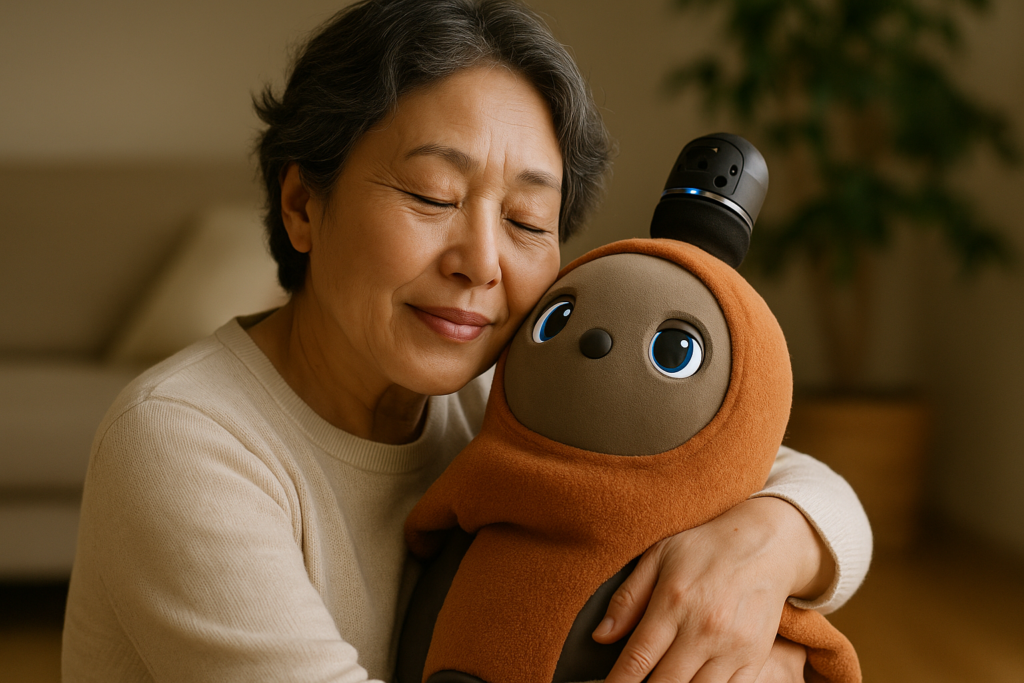
Lovot doesn’t bark, meow, or speak. Instead, it lifts its stubby arms and gazes into your eyes with oversized pupils that track your face. Created in Japan by Groove X, Lovot was designed to trigger nurturing instincts, not mimic an animal. Its plush body radiates warmth thanks to an internal heating system that replicates body temperature. It responds to cuddling by humming softly and even falls asleep in your arms, like a sleepy child or pet.
Underneath its fuzzy exterior are more than 50 sensors, two wheels for movement, and a depth camera for facial recognition. Lovot doesn’t serve a function. It serves as an emotion. In studies, users reported reduced stress and increased oxytocin levels after just 15 minutes of interaction. It’s already used in eldercare, pediatric hospitals, and homes where loneliness or anxiety are common. Unlike other bots, Lovot doesn’t “do” much. It simply wants to be close, and that’s what makes it healing.
7. Robotic Companions Are Being Tested for PTSD Relief in Veterans

For veterans coping with PTSD, robotic pets are becoming unlikely allies in the healing process. These bots offer nonverbal comfort, helping to regulate emotions and reduce hyperarousal. In pilot programs at U.S. VA hospitals, robotic dogs and cats have been used during therapy sessions to lower stress levels and support emotional grounding. Unlike service dogs, these robots don’t require training, housing, or care, yet they can still offer a steady presence during moments of panic or dissociation.
Some models are programmed to simulate protective behaviors, like positioning themselves between the user and a perceived threat. Others offer rhythmic breathing patterns and soft fur, helping veterans sleep through flashbacks or night terrors. The predictability of robotic responses is key. It provides stability without judgment or confusion. For many veterans, especially those who are isolated, the bots become daily companions. They don’t replace therapy, but they create space for it to work.
8. New Pet Bots Mimic Breathing and Heartbeats to Soothe Anxiety

Some of the newest robotic pets don’t move much, but what they do is surprisingly powerful. Designed to simulate the gentle rise and fall of breathing or the steady pulse of a heartbeat, these bots create a calming, almost hypnotic effect when held. One popular example is the Qoobo, a plush cushion with a wagging tail that gently vibrates. Others incorporate subtle haptic feedback synced with biometric rhythms to mimic the sensation of a living, breathing animal on your lap.
This physical simulation taps into the human body’s natural co-regulation system, where we unconsciously sync our heart rate and breathing with someone or something nearby. Clinical trials have shown these bots can lower anxiety levels in just 10 minutes of use. They’re invaluable for people with sensory sensitivities or trauma responses. Unlike a barking dog or purring cat, these pets don’t overstimulate. They offer a quiet rhythm, a beat to borrow when yours feels off.
9. For Kids with Autism, Bots Are Bridging the Communication Gap
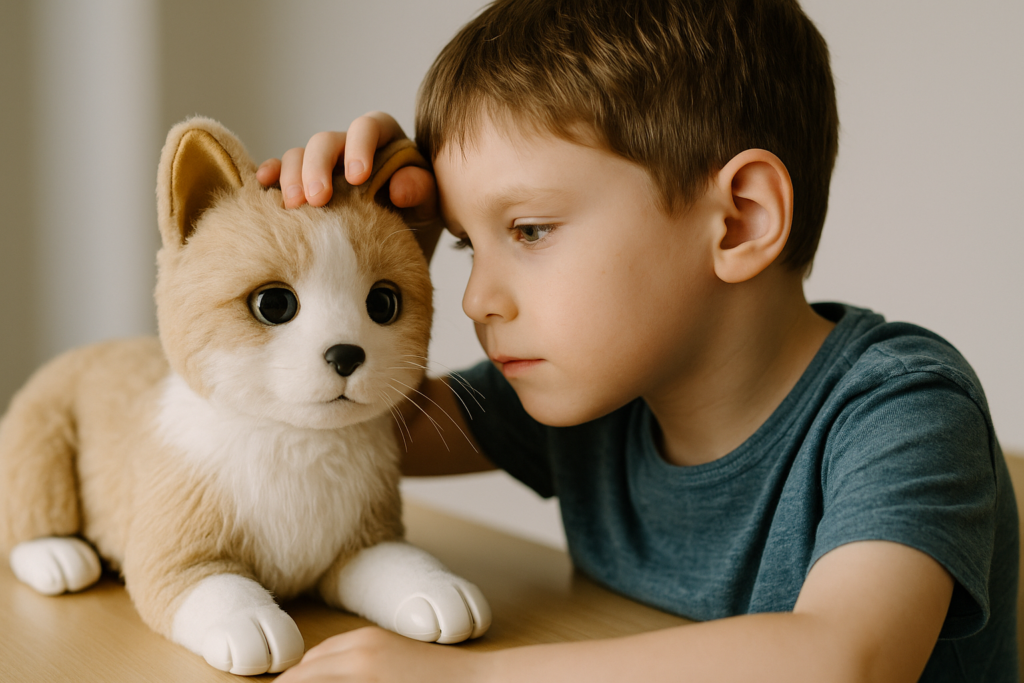
Robotic pets are emerging as powerful tools for children on the autism spectrum, especially those who struggle with verbal or social communication. Their biggest strength? Predictability. Unlike live animals or humans, robotic pets respond consistently, providing a safe and low-pressure environment for practicing empathy, eye contact, and turn-taking. One study using the robot “Kaspar” showed improved social interaction in children who played with it regularly. Others, like robotic dogs or soft-purring cats, help reduce meltdowns during stressful transitions.
Many of these bots can be customized with speech patterns, sensory features, or behavioral prompts tailored to a child’s needs. Some models even use facial tracking to encourage reciprocal communication. Teachers and therapists report better engagement and lower anxiety when robotic pets are used in classrooms or therapy sessions. For kids who find human interaction overwhelming, these bots serve as gentle translators, turning the chaos of connection into something clear and manageable.
10. Even in Disasters, Robot Pets Offer Human-Like Comfort
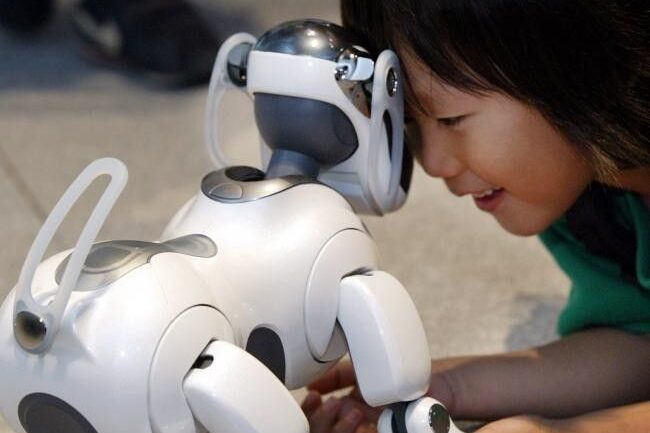
In extreme situations, such as natural disasters, extended hospital stays, and space missions, robotic pets are proving surprisingly useful. When human contact is limited or risky, these bots offer a steady presence and emotional anchor. During the COVID-19 pandemic, robotic pets were deployed in some long-term care facilities to reduce isolation among residents under strict lockdown. In Japan, disaster relief agencies have tested soft-bodied bots to soothe displaced children after earthquakes and tsunamis, offering a sense of normalcy amid chaos.
Because they’re durable, cleanable, and consistent, robot pets can go places therapy animals can’t. Researchers are also studying their effects on people in confined environments, such as submarines or space stations, where loneliness and psychological fatigue are common. Some models track user behavior to detect mood shifts, flagging signs of distress before they escalate. When circumstances cut people off from comfort, robotic pets become more than toys. They’re lifelines, offering presence when everything else feels out of reach.
This story about These 10 Robot Pets Are Comforting Seniors, Kids, and Even Soldiers was first published on Dailyfetch.net


